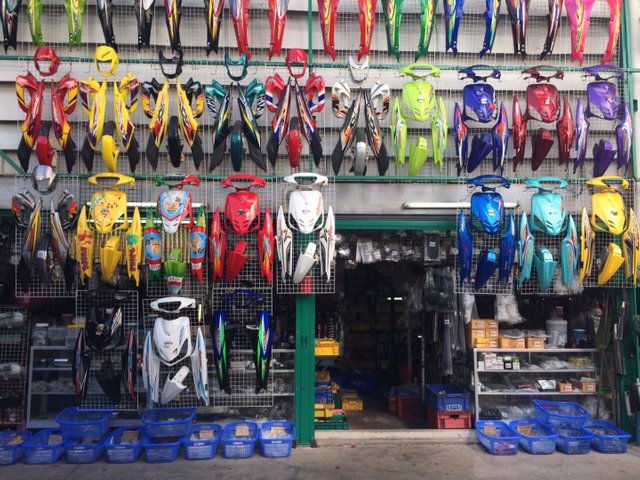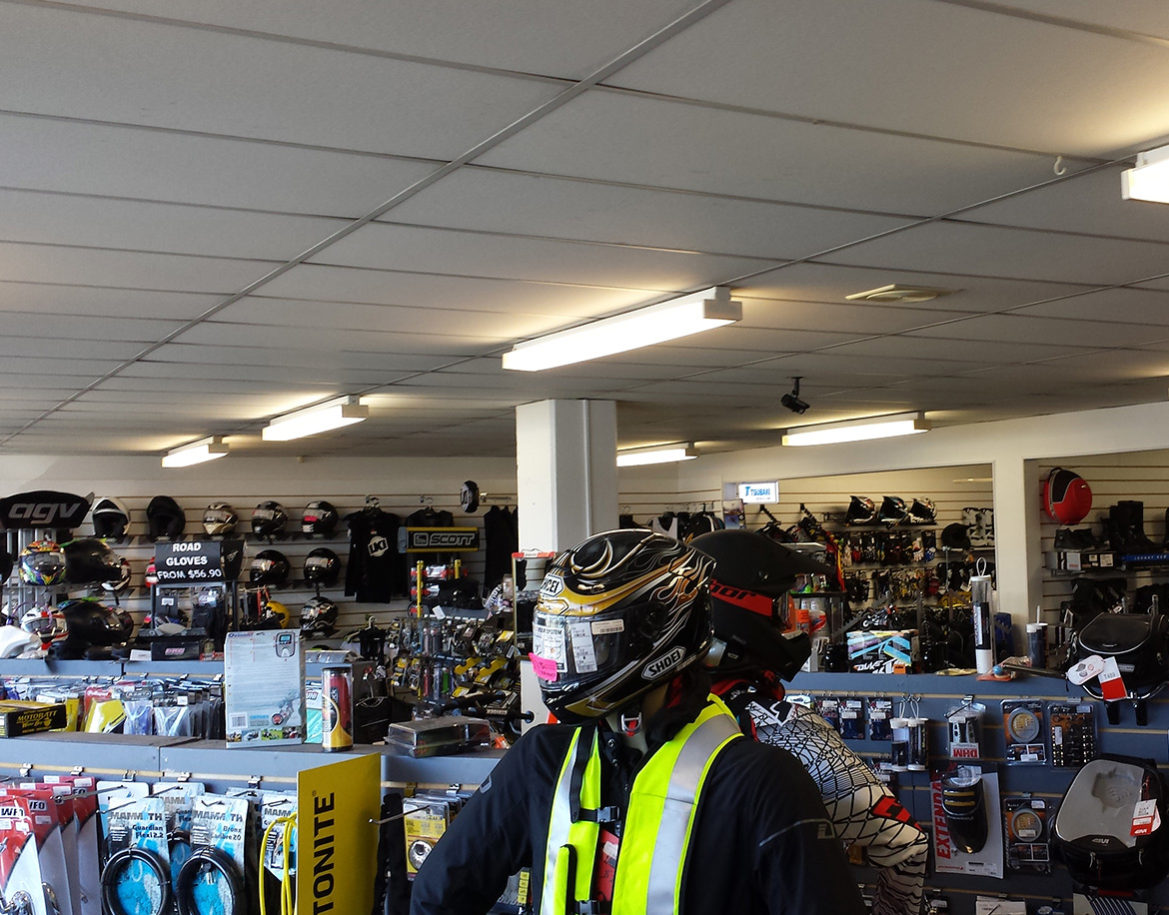Leading MX Gear NZ: Prepare for Your Next Off-Road Adventure
Leading MX Gear NZ: Prepare for Your Next Off-Road Adventure
Blog Article
Recognizing the Crucial Parts of a Motorcycle: A Comprehensive Guide for Enthusiasts
For motorcycle enthusiasts looking to boost their riding experience and guarantee their bikes run efficiently, recognizing the crucial elements of a bike is paramount. Each aspect, from the engine's complex workings to the important role of the stopping devices, not only influences efficiency yet likewise safety and security and convenience.
Engine Elements

The camshaft plays a critical duty in controlling the timing of the engine's shutoffs, making certain the specific opening and closing required for efficient fuel and air consumption, in addition to exhaust expulsion. This timing is critical to preserving optimum engine efficiency and effectiveness. Furthermore, the carburetor or gas shot system, relying on the motorcycle model, is accountable for mixing air with fuel in the right ratio for combustion.
The air conditioning system, either air or liquid-based, functions to maintain the engine's temperature level within operational restrictions, stopping getting too hot and making sure long life - motocross parts nz. Each part, thoroughly developed and integrated, adds to the seamless procedure of the engine, specifying the motorbike's power result and general efficiency
Transmission System
Essential to the motorcycle's capability, the transmission system makes certain effective power transfer from the engine to the wheels. This system makes up numerous essential components, consisting of the clutch, transmission, and final drive, each playing an important role in equating the engine's power into motion. The clutch, commonly run by a hand lever, offers to disengage the engine and engage from the transmission, permitting smooth equipment changes and regulated acceleration.
The gearbox, frequently described as the transmission proper, contains a collection of gears that cyclists can manually change with to readjust the bike's speed and torque result. These equipments are set up in a series that allows the motorcycle to speed up smoothly and maintain ideal engine performance across numerous speeds. The majority of motorcycles make use of a consecutive transmission, needing the cyclist to change gears in a predetermined order.
Braking Systems
While understanding the transmission system is crucial to harnessing a motorcycle's power, equally essential is the ability to manage and stop that power efficiently, which is where braking systems enter play. Brakes are essential for safety and security and efficiency, giving the cyclist with the essential control to browse numerous surfaces and problems. Typically, bikes include 2 kinds of stopping systems: disc brakes and drum brakes.
Disc brakes are much more prevalent in modern-day bikes due to their superior performance. This system offers far better heat dissipation, regular efficiency, and boosted stopping go to this web-site power, especially in wet problems.
Conversely, drum brakes, though less typical, are still found in some motorcycles. They work by pressing brake shoes against the internal surface of a drum attached to the wheel. While typically much less effective in warm dissipation and stopping power, drum brakes are easier and much more cost-effective.
Recognizing these stopping systems' subtleties enables cyclists to keep their bikes appropriately and value the engineering that makes sure secure and efficient stopping.
Suspension and Guiding
Suspension and guiding systems are vital elements that about his significantly influence a motorcycle's handling and adventure convenience. The shock absorber, containing forks at the front and shock absorbers at the rear, takes in roadway irregularities, enhancing stability and control. Front forks, typically telescopic or inverted, compress and rebound to mitigate impacts, while back shock absorbers maintain tire contact with the road, crucial for grip and safety and security.
Steering, focused around the handlebars, links the cyclist to the motorcycle's directional control. The guiding head bearings make certain smooth procedure, enabling accurate maneuverability. Appropriate alignment and maintenance of these bearings are vital for foreseeable steering reaction and minimizing cyclist tiredness.
The suspension's adjustability is another critical element; preload, damping, and rebound settings permit modification to match various riding conditions and designs. This versatility is vital for enhancing efficiency, whether navigating city streets or taking on sturdy trails. Technologies like digital shock absorber provide real-time modifications, enhancing ride quality across diverse surfaces.

Electric Systems
After ensuring a regulated and smooth adventure via effective suspension and steering systems, attention turns to the electric systems, a pivotal element of modern motorcycles. These systems play an essential duty not only in beginning the engine yet likewise in powering numerous elements that enhance the functionality and safety and security of the bike.
At the heart of a bike's electrical system is the battery, which shops electrical motorcycle gear shift lever power needed for beginning the engine and powering complementary systems - mx gear nz. The generator or generator, paired with the rectifier-regulator, guarantees the battery remains billed while the bike functions, converting power into electrical power and keeping voltage levels
The ignition system, one more important part, is in charge of igniting the air-fuel mixture in the engine's cylinders. Modern motorcycles frequently use an electronic ignition system, using higher effectiveness and dependability contrasted to traditional systems.
Lights systems, including headlights, tail lights, and signs, are additionally crucial, ensuring exposure and safety for the rider. Extra electronic elements such as sensing units, control units, and displays add to innovative attributes like gas injection administration, anti-lock stopping systems (ABS), and electronic dashboards, additionally enhancing the riding experience.
Conclusion
A complete understanding of a motorbike's essential components, including the engine, transmission system, stopping systems, suspension, guiding, and electrical systems, is essential for lovers intending to optimize comfort, safety, and efficiency. Mastery of these aspects permits educated choices regarding maintenance and upgrades, inevitably enhancing the riding experience. By integrating this understanding, bikers can ensure their motorbikes run at peak effectiveness and reliability, thereby maximizing both enjoyment and longevity of their vehicles.
For motorcycle fanatics looking to raise their riding experience and guarantee their bikes run smoothly, comprehending the essential components of a bike is critical.Indispensable to the bike's capability, the transmission system ensures reliable power transfer from the engine to the wheels.While comprehending the transmission system is essential to harnessing a motorbike's power, just as essential is the capability to manage and stop that power properly, which is where stopping mechanisms come into play. Usually, motorbikes include 2 kinds of stopping systems: disc brakes and drum brakes.
A complete understanding of a bike's crucial parts, consisting of the engine, transmission system, braking systems, suspension, guiding, and electrical systems, is essential for enthusiasts intending to optimize convenience, safety, and efficiency.
Report this page